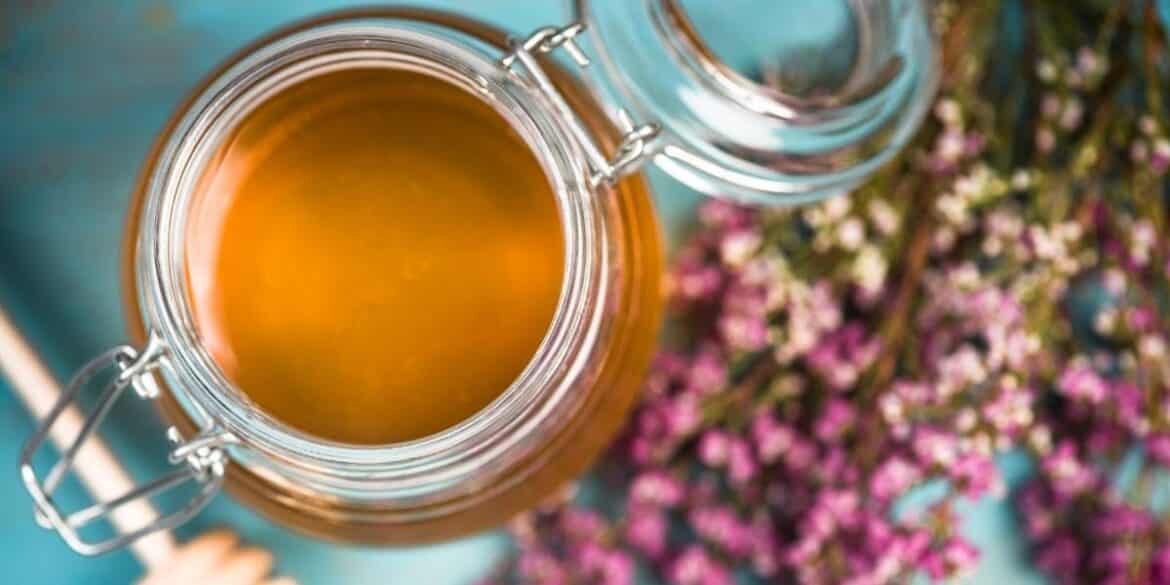FREE SHIPPING WHEN YOU ORDER $35 OR MORE

5 Raw Honey Nutrition Facts
Raw Honey Nutrition Facts
If you’ve done any reading about raw honey in recent years, it may seem like one of the most powerful health foods available today. The truth is that it really is! Despite that fact, though, it remains a source of concentrated sugar, and while it’s a great way to compliment your current healthy diet, it’s not a food that you’ll want to overuse because of the amount of sugar that’s in it. What do you need to know about raw honey nutrition before you make it a regular part of your diet?
Understanding What Nutrients are In Raw Honey
Before you decide raw honey is the right addition to your diet, it may help to learn more about the nutritional facts that surround it. Here are five key facts you’ll want to consider.
There are Two Sugars Inside / Carbs In Honey:
Each tablespoon of honey you consume comes with 64 calories. Those calories come from the carbohydrates inside, which are primarily sugars. With honey, you’re getting about half of those from glucose and the other half comes from fructose.
It Has a Lower GI Than Sugar:
The glycemic index is a way to measure how fast your blood sugar level rises after you digest and absorb a certain food. This measurement ranks food on a scale of zero to 100, and foods with a high GI are digested and absorbed incredibly quickly, which pushes your blood sugar up fast.
Foods with a lower GI, though, are absorbed in a much slower rate, and that means that while your blood sugar does go up, it doesn’t go up as quickly. The GI for raw honey is just 58, depending on what type you buy. Contrast that with the GI for table sugar, which is 65, and you have a natural sweetener that you’ll actually want to add to your food.
It’s Fat-Free:
Honey is actually a fat-free food. A small amount of fat is a must in a healthy, balanced diet. The body can’t actually make essential fatty acids, which help it absorb things like vitamin A, vitamin D, and vitamin E.
You likely get the needed fat, though, from a variety of sources in your diet, which means you don’t need a lot of extra fat in your day. However, raw honey is a fat-free food, so you can use it without worrying about throwing off your commitment to a low-fat lifestyle.
It Adds Protein:
Your body needs plenty of protein if you’re going to remain healthy. In fact, there are more than 10,000 different types of protein found throughout your body. It’s in your organs, your muscles, and even your skin and hair.
Without enough protein, your body won’t have the energy you need to do the most important jobs like carrying oxygen to the different parts of your body. Honey actually contains some protein, and while it’s not enough to ensure your body can effectively do its job, it is a good addition to your overall protein intake.
It’s Packed with Vitamins and Minerals:
Vitamins and minerals help to boost your immune system and help your cells do their jobs. There are many vitamins and minerals packed inside honey, including B vitamins, zinc, copper, and calcium, just to name a few. It’s important to note that the content of the vitamins and minerals depends a bit on where the bees live and how the raw honey is actually processed.
In general, the darker the honey, the more the minerals.
The Power of Raw Honey
Raw honey is clearly an excellent source of nutrition, but it’s important to note that raw honey likely isn’t available on standard grocery store shelves. Raw honey comes directly from the hive.
Typically it’s not processed at all, which means it’s neither heated nor pasteurized. That’s important because that process can destroy key nutrients. More than that, though, the best raw honey options aren’t filtered either, which may make it look a bit different than what you might get off the grocery store shelves, but that difference is key to its nutritional power.